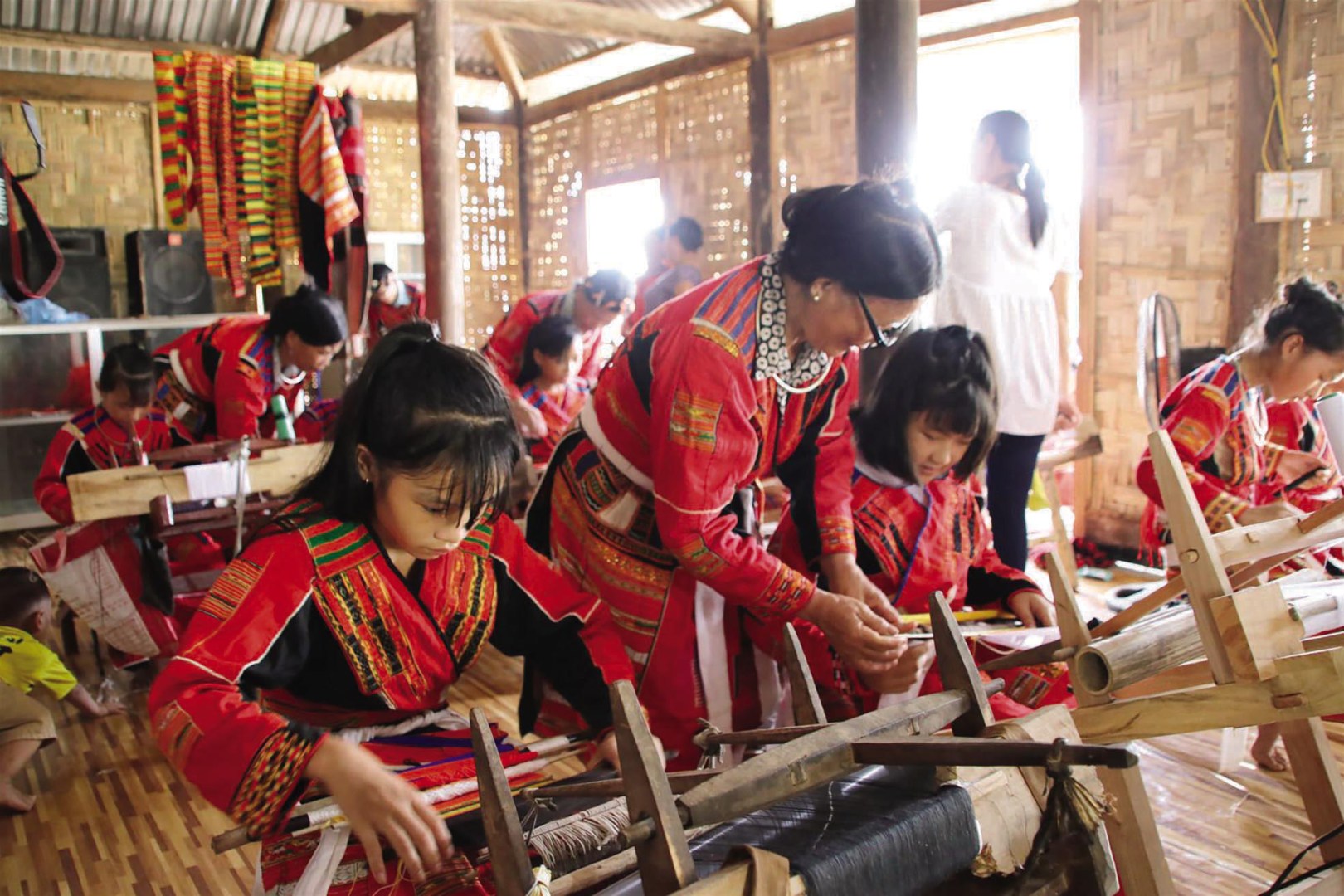
The first cultural festival of ethnic groups with populations of fewer than 10,000 will take place in the northern mountainous province of Lai Chau from November 3-5. The event aims to honour, promote and spread cultural identities of ethnic minority groups with very small population.

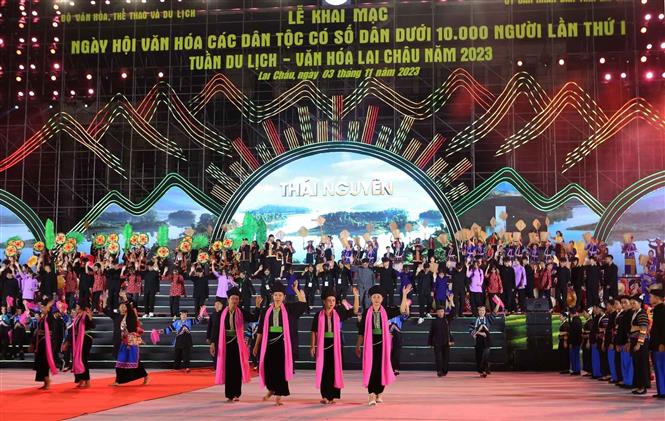
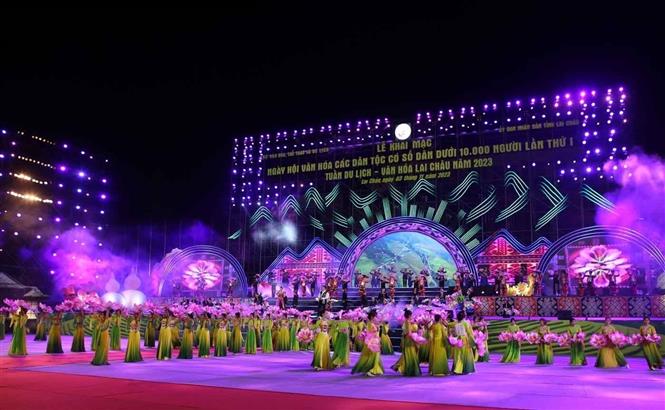
Spreading cultural identity values of ethnic minority groups
Themed “Preserving, promoting and spreading traditional cultural identities of ethnic minority groups”, the three-day event, the first of its kind, is also a chance for Lai Chau to promote its unique cultural identity and attract more tourists.
Participating in the festival will be people representing 14 ethnic minorities with populations of fewer than 10,000, namely the people of O Du, Brau, Ro Mam, Pu Peo, Si La, Cong, Bo Y, Co Lao, Mang, Lo Lo, Chut, Lu, Pa Then and Ngai from 13 northern, central and Central Highlands provinces (Lai Chau, Cao Bang, Thai Nguyen, Dien Bien, Ha Giang, Lao Cai, Yen Bai, Tuyen Quang, Son La, Nghe An, Ha Tinh, Quang Binh and Kon Tum).

The festival is a part of Lai Chau province’s Culture- Tourism Week 2023 which will feature several activities, including a flower offering to the monument dedicated to President Ho Chi Minh. A highlight is the opening ceremony with diverse cultural, sports and tourism activities, and reenactment of festival and traditional cultural activities of ethnic groups with a population of less than 10,000 people. Outstanding artisans who have many achievements in contributing to the preservation and transmission of traditional culture of the 14 ethnic groups are participating in the festival.Outstanding artisans who have many achievements in contributing to the preservation and transmission of traditional culture of the 14 ethnic groups are participating in the festival.
The festival also includes performances of traditional music and shows of traditional costumes of ethnic minority groups, and a reenactment of Pa Then ethnic people’s fire dancing ceremony, among others.
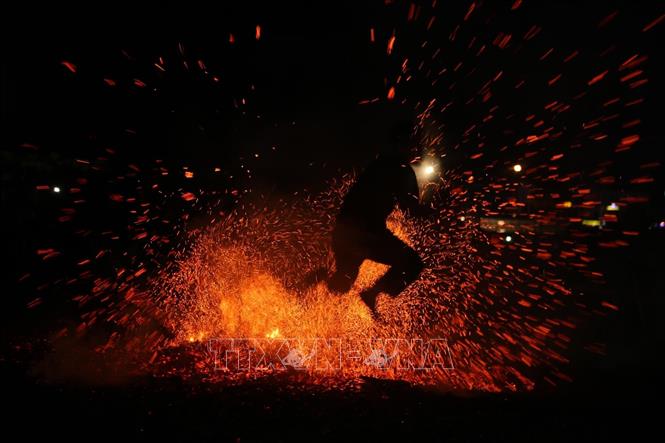


The Cultural Festival for Ethnic Minorities with a population of less than 10,000 people aims to honour, promote and spread identity values of those ethnic minority groups, contributing to educating patriotic traditions and national pride, strengthening the great national unity bloc while raising awareness and responsibility of people from all walks of life in the cause of preserving and promoting the cultural identity of 54 ethnic groups in Vietnam.
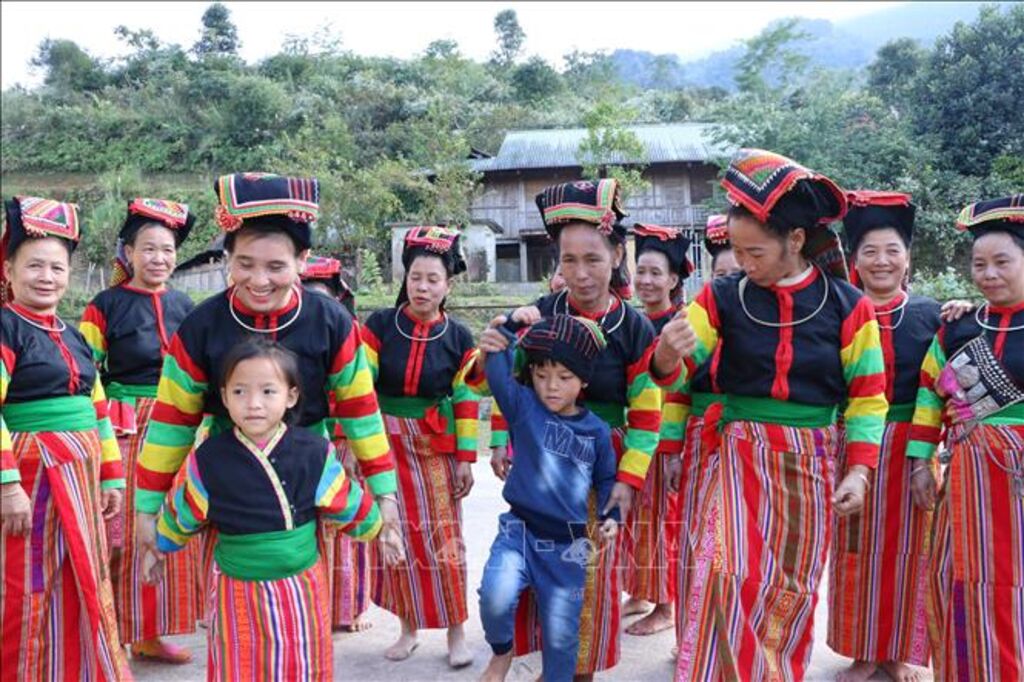
Preserving, promoting cultural values of ethnic group
The Party and State have determined that the culture of ethnic minorities is a precious heritage, contributing to the richness, diversity and unity of the Vietnamese culture. Preserving the cultural identity of ethnic minorities, especially culture of those with very small population, is an important political task.
Every year, the Ministry of Culture, Sports and Tourism organises activities to celebrate the Vietnam Ethnic Groups’ Culture Day from central to local levels.
The ministry also conducts surveys and opens classes to teach intangible traditional culture and traditional crafts of ethnic minorities such as Bo Y, Pu Peo, Odu, Brau, Romam, Mang, Cong, Lo Lo, Chut, Si La, among others.

According to statistics from the Committee on Ethnic Minority Affairs (CEMA), there are currently three central museums and 65 provincial museums that have been collecting, preserving, and displaying traditional cultural heritage of Vietnam’s ethnic groups.
During 2016-2018, there were four special national relic sites, eight historical, cultural relic sites and scenic landscape related to ethnic minority group recognised as national relic sites. Besides, 559 ethnic minority artisans were awarded State honorary titles by the President in 2015 and 2019.
In addition, localities across the country have restored many unique cultural festivals of local ethnic minority groups, and compiled dossiers on unique cultural ethnic practices and submitted to the State for recognition as national intangible cultural heritage. Many books on cultural values of ethnic minorities have been published by researchers, contributing to preserving and promoting Vietnamese cultural values.
To date, more than 80 typical traditional festivals of ethnic minority people have been revived and maintained by local administrations with the support of the Ministry of Culture, Sports and Tourism.
More than 30 traditional villages and hamlets of 25 ethnic groups in the provinces representing regions across the country have also received support to conserve the local culture and develop tourism based on the local cultural identity values. The work has helped replicate and develop cultural tourism villages, cultural tourism sites, creating momentum for economic restructuring, and accelerating hunger eradication and poverty reduction.
The promotion of cultural values of ethnic groups in association with tourism has showed numerous advantages. Majestic natural landscape combined with rich and diverse cultural life and unique, regionally flavored dishes of ethnic minority people are advantages for developing community-based tourism, which has attracted many tourists, especially international visitors, who enjoy the experience of eating, living, and working with local people. Thereby, the locals have more opportunities to escape poverty, increase income, stabilise their lives and promote indigenous cultural values.
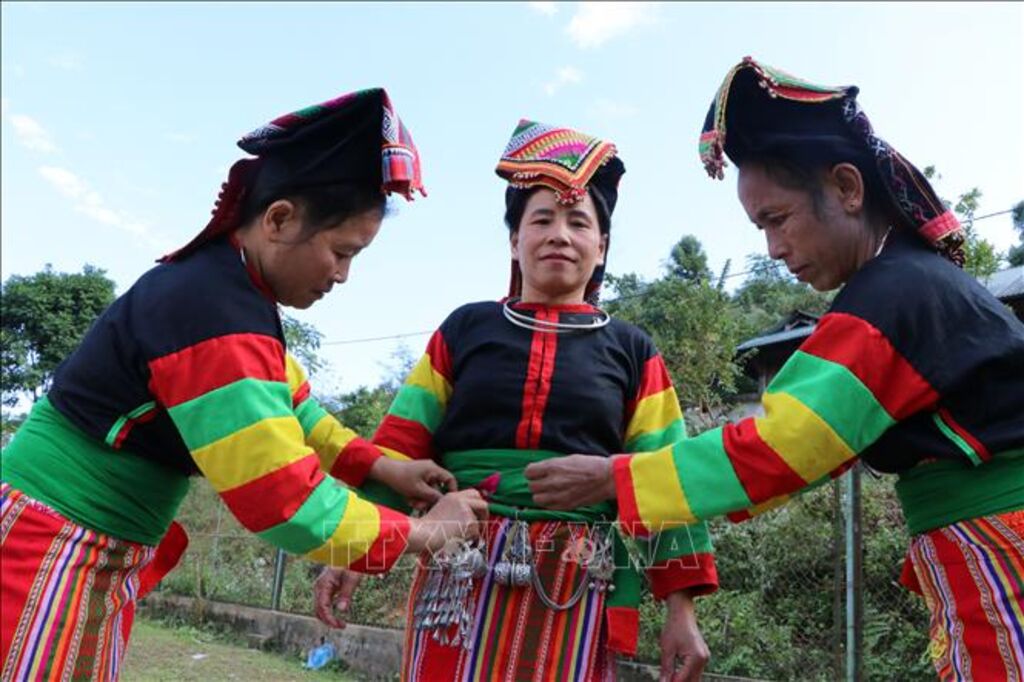
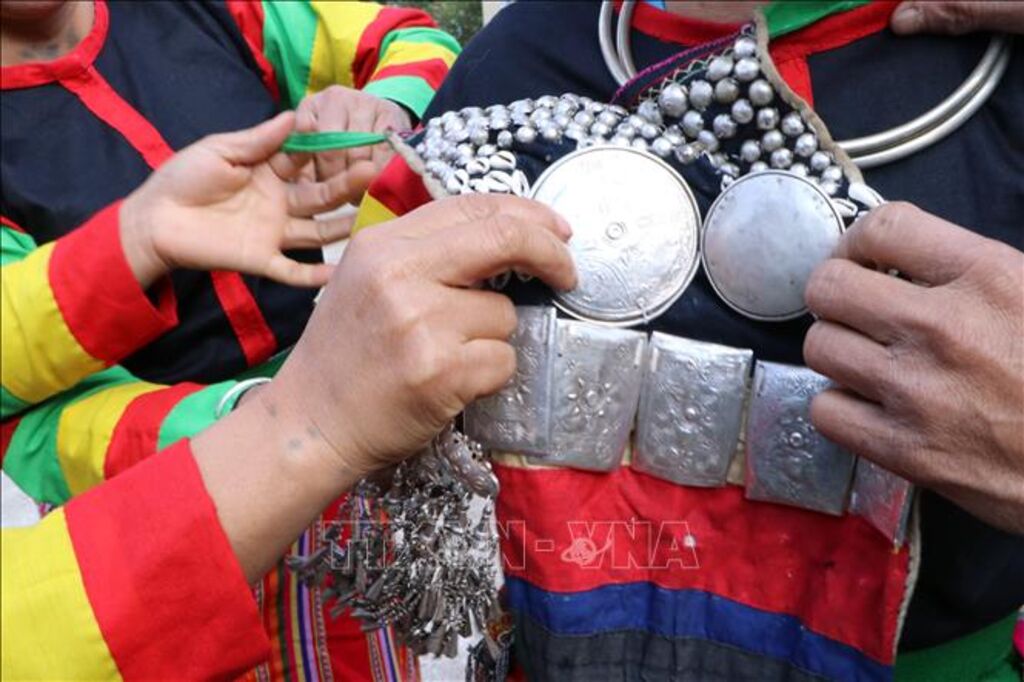
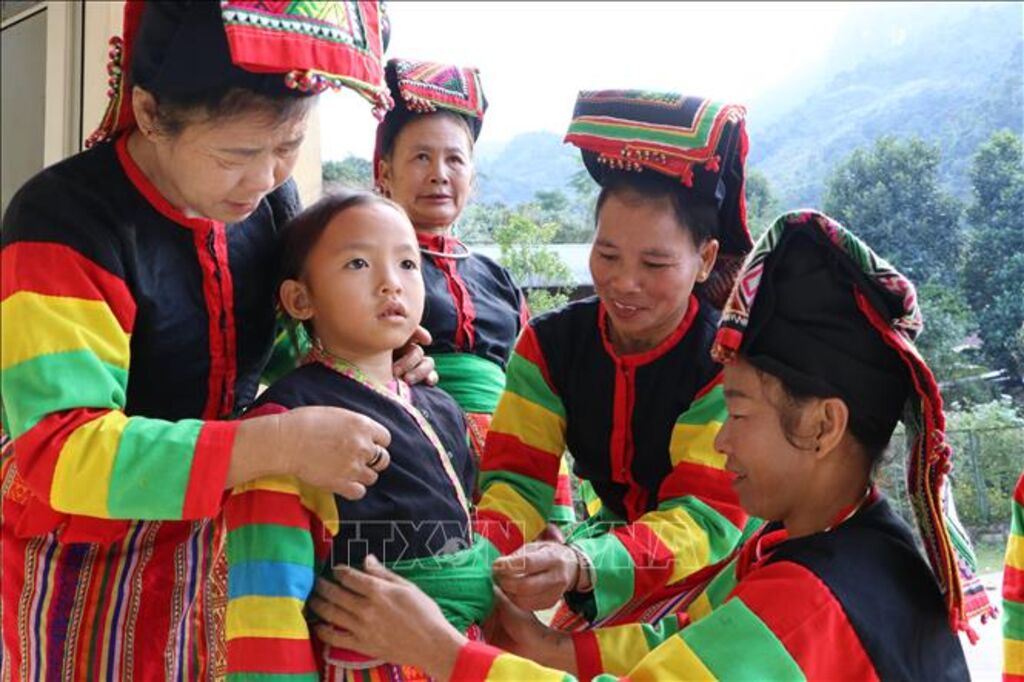
Vietnam is a multi-nationality country with 54 ethnic groups. The Viet (Kinh) people account for 87% of the country’s population and mainly inhabit the Red River delta, the central coastal delta, the Mekong delta and major cities. The other 53 ethnic minority groups, totaling over 8 million people, are scattered over mountain areas (covering two-thirds of the country’s territory) spreading from the North to the South.
Among ethnic minorities, the largest ones are Tay, Thai, Muong, Hoa, Khmer, and Nung with a population of around 1 million each, while the smallest are Brau, Roman, Odu with several hundred people each.
Spring is considered the season of festivals for ethnic minority people. Each ethnic group has its own festivals characterizing its customs, beliefs and farming practice. Some of the festivals of ethnic groups with very small population include:
“Thunder” celebration of the O Du
The O Du ethnic minority people, numbering around 500 and living in the mountainous areas in the central province of Nghe An, celebrate a New Year when they hear the first thunder in early spring, hence the name Thunder festival. It signals the New Year as well as time to begin a new crop. During the ceremony, O Du people beat the gongs to gather all villagers for a New Year celebration. They kill buffaloes and pigs to worship deities and pray for happiness.
During the day of the first thunder, they organize ceremonies to accredit dignitaries and shaman in the village, change names for adult men to mark their maturity, and name new-born babies.
The O Du depend on the thunder from when they are born until they die. The believe thunder salvages the souls of the dead.
Sowing rice festival of the Brau
The Brau is one of the smallest ethnic groups living in the Central Highlands province of Kon Tum with a population of some 400. The festival of sowing rice is the most important of Brau people. Before festival day, families prepare tribute offerings such as buffaloes, pigs and chicken. Villagers build a 1 meter high pole called Sooc-rooc, which is topped with a basket containing items offered to the gods. A strong buffalo is washed and fed before being tied to a 5-meter decorated pole called Gung which is placed in the middle of the festival site. Ritual sacrifices kick off the festival.
During the beating of gongs, a village elder recites prayers, asking for good luck. The chief of the ritual applies blood of the sacrificed animal to the walls of the Rong communal house, the Tha gongs, wine jars and papooses as a means of communication with the gods. Brau people believe that the Earth, Water and Rice deities are decisive for crops, so prayers for favourable weather, good harvest and prosperity are recited.
Fire jumping by the Pa Then
Nhay lua (fire jumping), a harvesting festival, is an original cultural activity of the Pa Then, an ethnic group with a population of over 8,000. Held right after Tet (Lunar New Year festival), the festivity, which reflects the Pa Then’s strength and wish to conquer nature, aims to win support from the god of fire for favourable weather, bumper crops and happiness. The god of fire is also believed by the Pa Then to expel evil spirits and save people from misery, bringing them peace and prosperity./.